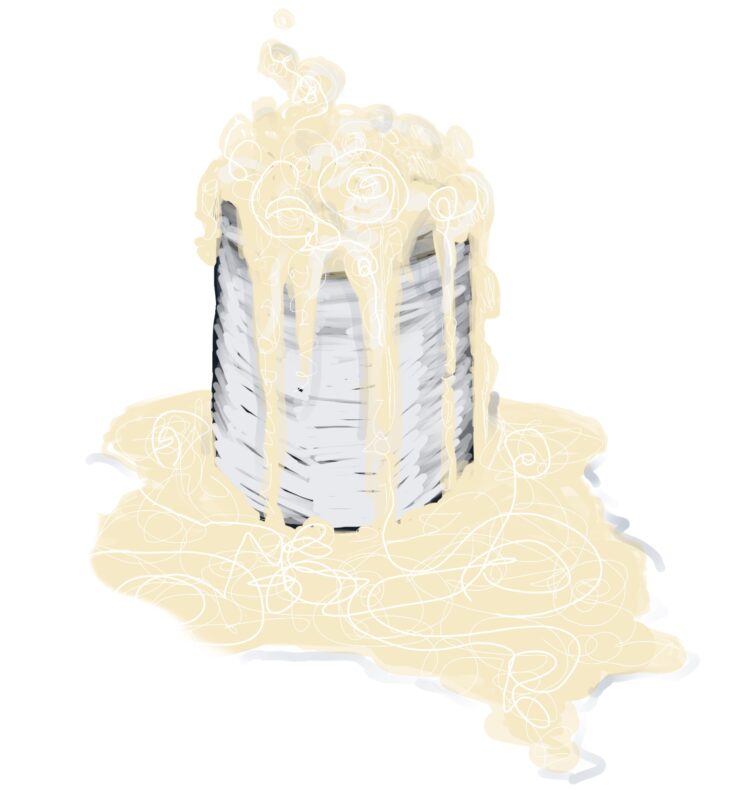
NOTE: The images in this post are best viewed on a desktop device or tablet, not a phone.
One dim November afternoon in Alabama in 1954, 34-year-old Ann Hodges curled up on her couch, pulled the quilts around her body, and fell asleep. She woke in pain and disorientation to a house full of smoke, a hole in the roof, and a large, rough rock on her living-room floor. She’d been struck by a 4.5-billion-year-old meteorite.
Ann checked in to the hospital the following day. The enormous, eerie bruise on the left side of her body would eventually fade, but the event itself changed the course of Ann’s entire life. She became a celebrity overnight, appearing on the cover of Life magazine. She stopped sleeping. The military seized the space rock, then returned it, and then the Hodges’ landlady sued them for custody, arguing that the house and everything that crashed into it was rightfully hers. Ann’s marriage ended, and her health disintegrated. She died in a nursing home at age 52.
Every single aspect of this story is haunting, but what stood out to me the first time I heard it years ago was the prologue: a 34-year-old woman lying down on a Tuesday afternoon in the mid-1950s. I have no evidence to support this, save my own experience and projections, but something about that scene feels like depression to me. My heart goes out to Ann. I imagine her feeling simultaneously adrift and trapped in her own life, powerless to make a change. And then—
Continue reading







